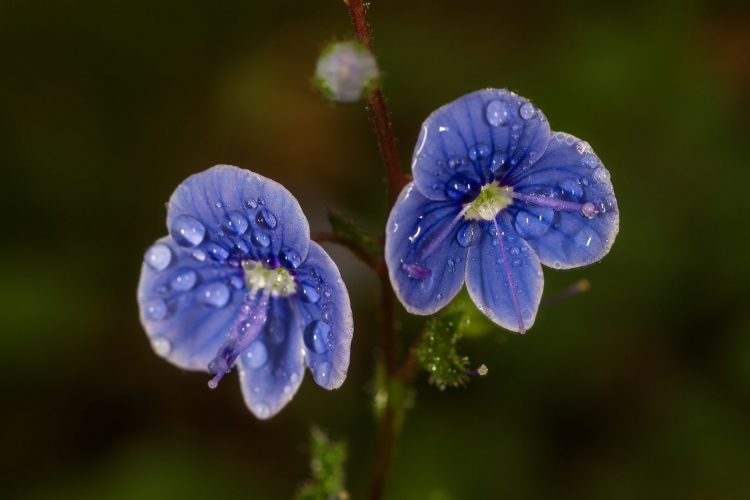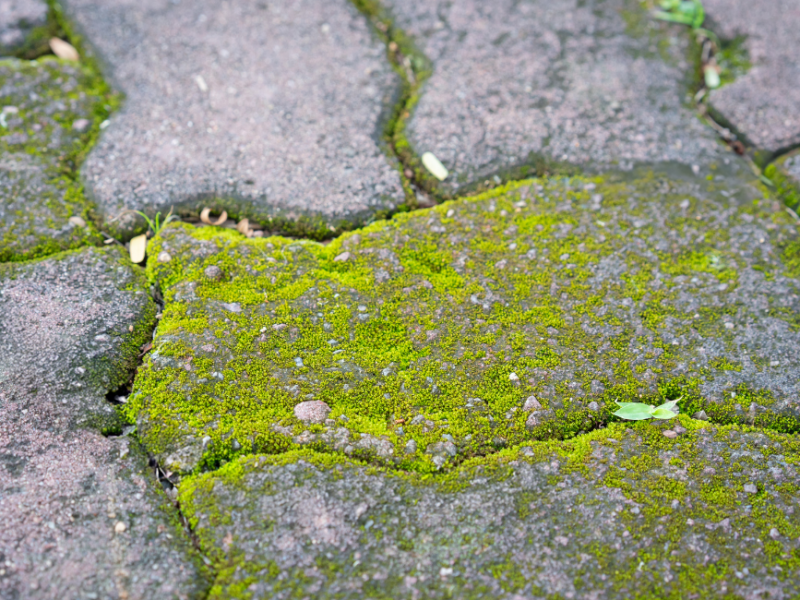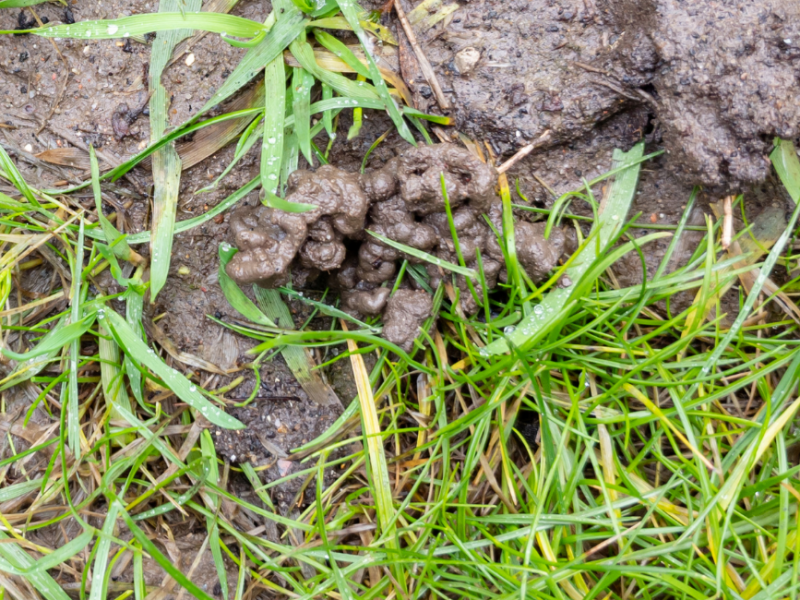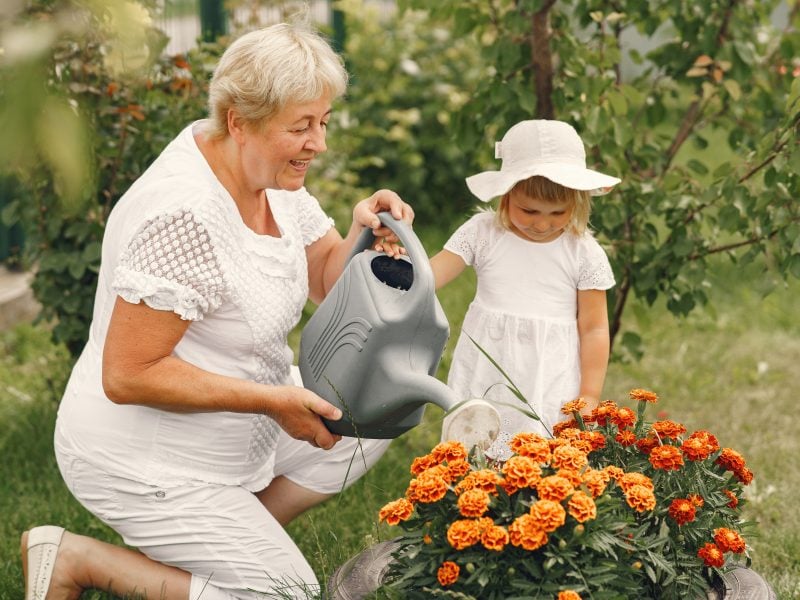Butterflies and bees are some of
nature’s most crucial contributors, pollinating as they float from flower to
flower and aid the production of crops for human and animal use.
Unfortunately, over the year’s bee
numbers have declined significantly due to the increased use of pesticides and
fewer wildflowers appearing in the UK. Providing nectar and pollen rich
flowers is the most effective method to encourage bees into your garden.
Clustering bee-friendly plants such as
the Common Jasmine, English Lavender and Hyssop in a sun-drenched place will be
more desirable than plants found in the shade. The most fascinating part about
attracting bees to your garden is once they call it home they will appear year
after year, generation after generation to nest.
Another worthwhile pollinator to entice
into your garden is the butterfly. Because of intensive farming and demand for
new housing estates, their natural habitats have come under threat.
In order to strengthen butterfly numbers,
it is important to cater for the needs of the caterpillar phase. Choose a
warm, protected sunlit location in your garden and plant clusters of flowers
and foliage such as Holly and Ivy, Thistles and Birdsfoot Trefoil from March
until October-November when the butterfly seasons ends.
By planting shrubs and flowers not only
will you be creating a thriving environment for wildlife to feast, relax and
nest on, you will also be complimenting your beautiful lawn and enhancing the
look and feel of your garden.
We were lucky enough to spot our very own
Greensleeves Tortoiseshell butterfly (Aglais Urticae) enjoying the warm weather
while resting upon blooming lavender.
Why don’t you see how many butterflies
you can spot and get involved in encouraging wildlife to your garden?





